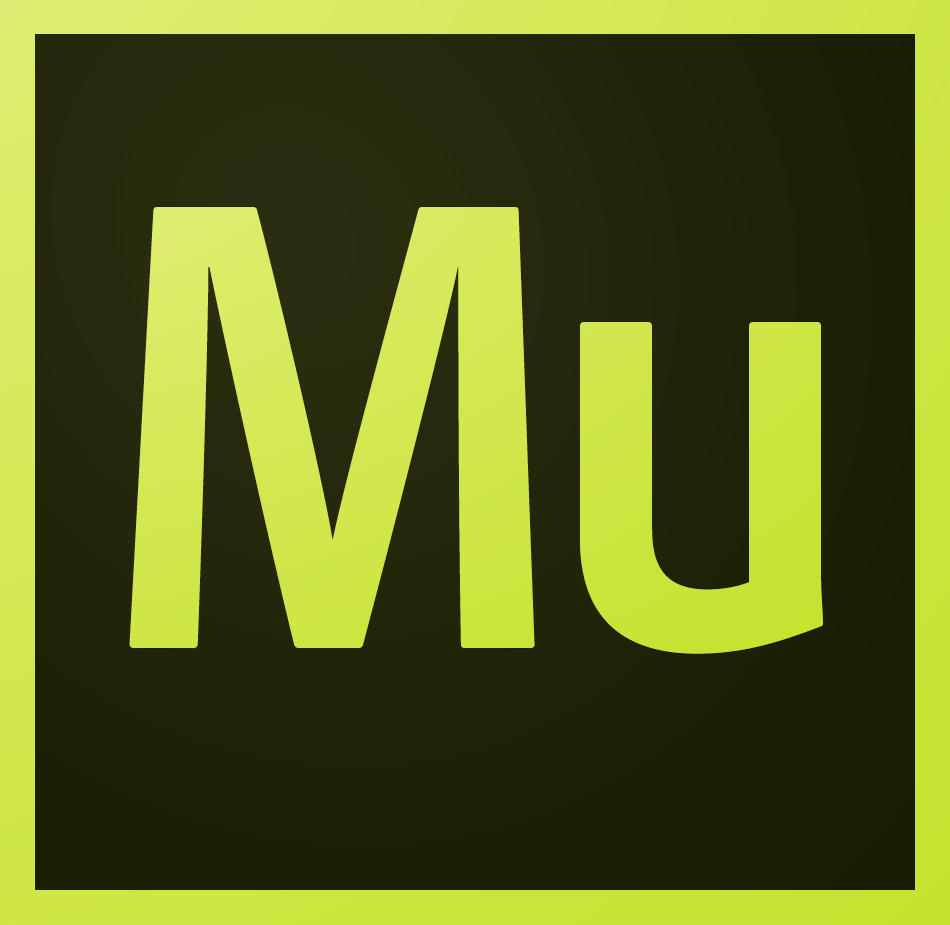paccar
Businessmodel of PACCAR
Customer Segments
PACCAR has a mass market business model, with no significant differentiation between customer segments. The company targets its offerings at all consumers who want to purchase trucks.
Value Proposition
PACCAR offers four primary value propositions: accessibility, risk reduction, performance, and brand/status.
The company creates accessibility by providing a wide variety of options. It offers light-, medium- and heavy-duty trucks under the Kenworth, DAF, and Peterbilt brand names. It also provides advanced diesel engines, financial services, information technology, and relevant truck parts.
The company reduces risk by maintaining high safety standards. All of its vehicles have near-zero emissions of NOx, a smog-causing compound. They are also compliant with all relevant standards, including those established by the California Air Resources Board (CARB), Environment Canada, the European Commission, and the U.S. Environmental Protection Agency (EPA). Lastly, PACCAR uses Ecodesign, a software program, to identify lighter-weight, less hazardous materials for use in product design. This serves to increase the recyclability of its trucks and reduce their environmental impact.
The company has demonstrated strong performance through tangible results. Its Kenworth and Peterbilt products enhance aerodynamic efficiencies by up to 10%, resulting in annualized fuel savings of as much as 950 gallons per vehicle in an over-the-road application. PACCAR is also working with the U.S. Department of Energy to develop an advanced truck able to achieve ten miles per gallon in real-condition testing, higher than the industry average of six miles per gallon.
The company has established a strong brand due to its success. It sells its products in over 100 countries and continues to expand its presence globally, with half of its revenues coming from outside the U.S. Its Financial Services division provides its offerings to customers in more than 22 countries, with a portfolio of over 175,000 trucks and trailers and assets of more than $12 billion. Lastly, it has won many honors, including the following:
- The Information Week Elite 100 Award fifteen years in a row
- Recognition of the Kenworth T880 as Truck of the Year by American Truck Dealers (2015)
- The PACE Innovation Partnership Award from Automotive News (2014)
- Manufacturing Leadership Awards from Frost & Sullivan for its engine and truck factories (2014)
- The Founder’s Award today from J.D. Power and Associates for customer satisfaction (2009) ### Channels
PACCAR’s main channel is its network of independent dealers in 2,000 locations across 100 countries. The company promotes its offering through its website, social media pages, and advertising.
Customer Relationships
PACCAR’s customer relationship is primarily of a self-service nature. Customers utilize its products and services while having limited interaction with employees. That said, there is a personal assistance component. Its Parts segment provides distribution centers offering aftermarket support to dealers and customers, with call centers operating 24 hours a day.
Key Activities
PACCAR’s business model entails designing, developing, and manufacturing its products for customers.
Key Partners
PACCAR’s key partners are the suppliers that provide it with the materials and parts it needs to manufacture its products. These include raw materials, partially processed materials such as castings, and finished components manufactured by independent suppliers.
Key Resources
PACCAR’s main resources are its human resources, who include the engineers that design, develop, and/or manufacture its products, and the customer service personnel that provide support. It maintains important physical resources in the form of:
- Manufacturing plants it owns and operates in five U.S. states, three countries in Europe, and Australia, Canada, Brazil, and Mexico
- 17 parts distribution centers it owns and operates in these and other locations
- Product testing and research and development facilities it operates in Washington state and the Netherlands ### Cost Structure
PACCAR has a cost-driven structure, aiming to minimize expenses through significant automation. Its biggest cost driver is cost of sales and revenues, a variable cost. Other major drivers are in the areas of sales/marketing, administration, and research/development, all fixed costs.
Revenue Streams
PACCAR has two revenue streams: revenues it generates from sales of its truck and parts products and revenues it generates from interest income from the provision of related financial services.
